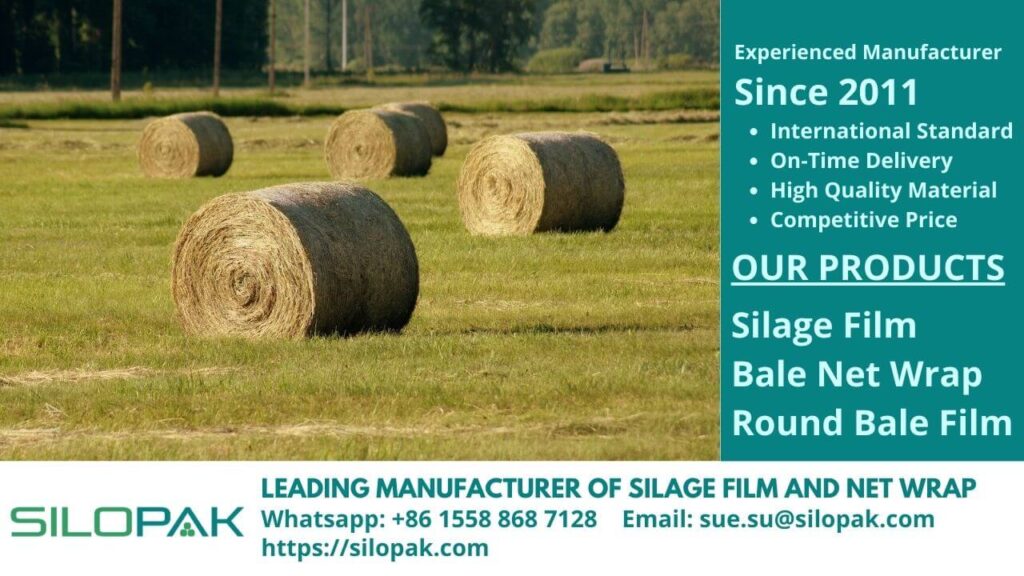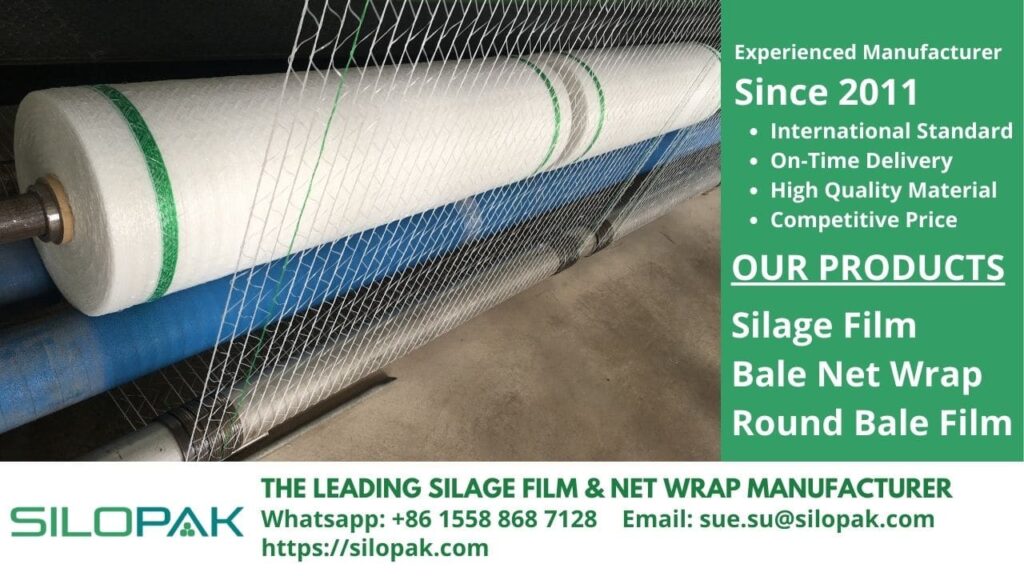
Both bale net and twine can be used for agricultural purposes; both of them are not used for storing the silage for months instead they are used to deliver the harvest only. Both of them can’t restrict the UV exposure to the harvest, and the price is cheaper than plastic wrap. Whether you want to buy bale net and twine, you need to remember that this wrapping is only used to roll the harvest and transport it to other places.
contents
The Benefits Of Bale Net
Net wrap Vs twine has been a long discussion for years; many farmers are still confusing about whether they need to buy a twine or a bale net because the price for both of them is not low. Bale net has benefits in two ways; first, the bale net reduces the harvest lost by around one percent only.
This one percent loss means that the loss you experience might happen during the rolling process, which is crucial among farmers. If farmers can reduce the loss in greater numbers, it means that they can also secure more income from their harvest.
One percent lost is a very promising number because it means that farmers can secure the rest or 99% of their harvest. Second, you don’t need to buy a large quantity of bale net because it only needs a couple of turns to secure a bulk of harvest. The price of bale net might be higher than twine, but you can still save money from using bale net as it is used less than twine.
Twine
The fight between net wrap Vs twine is for quality and price, as twine is considered cheaper and easy to find compared to silage bale net wrap. However, although the price of twine is cheaper, the performance of this product is poor compare to the bale net. If bale net only lost around 1 percent of harvest during the rolling process, twine can lose harvest up to seven percent and often 11 percent.
This number might look small, but it will become a greater loos if you manage a large land, in which this number might equal to four weeks fodder. The downside of twine also comes from the number of turns that need to be applied in bulk. While bale net might only need a couple of turns, twine can go up to 20, and even 25 turns to secure the harvest, with the farmers can still lose the harvest by about seven percent. Of course, this number is distressing, considering that farmers might also experience loss during transportation, storing, and processing.
Net Wrap Vs Twine
If you have to choose between net wrap Vs twine, it can be said that net wrap is much better than twine, considering the loss that you might experience while applying both of them. The loss can also come from the number of turns that you have to apply for the twine, which means more money you need to cover for more rounds of twine.
Of course, the decision to apply net wrap Vs twine is in the hands of the farmers; some farmers might prefer to use twine compared to net wrap for a specific reason, but more importantly, both of them are suitable for agriculture.

Does The Application Of Net Wrap Vs Twine Require Specific Tools?
Just like applying the wrapping film, both net wrap and twine also require specific tools that allow the bulk roll to be pressed down and rolled. It is the reason why both bale net and twine can only be seen among farmers who already practice modern farming as they are equipped with the proper technology.
Traditional farmers rarely used this type of net, as they might choose to use silage bags rather than wrap as these farmers rely on human power instead of machinery. Although both bale net and twine are enough to wrap the harvest, both of them will not be capable of keeping the fodder for months. It also means that their performance is still below the oxygen barrier or silage wrap. Try to consider the benefit and the loss of using net wrap and twine before buying it.

